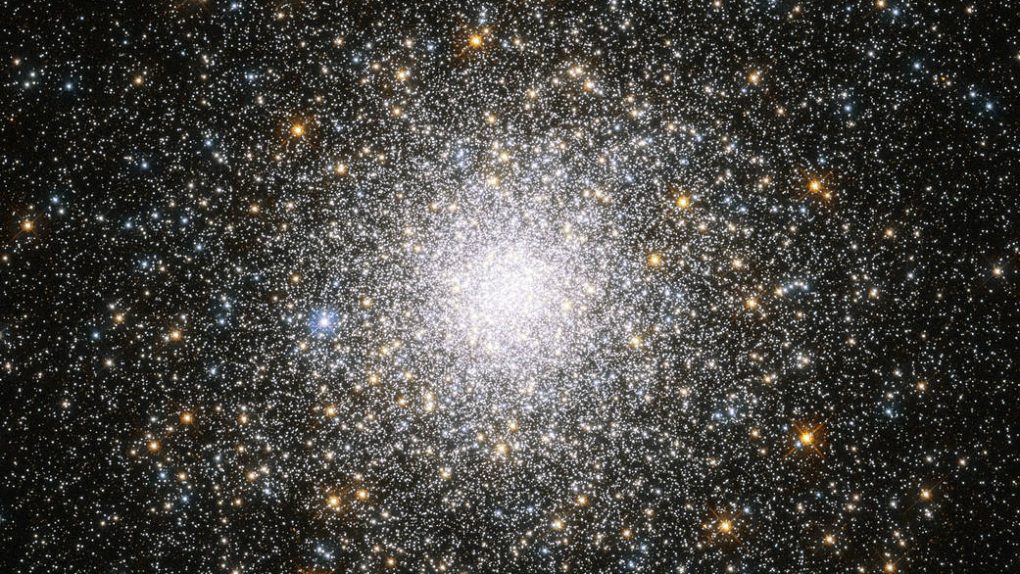- A new study suggests that Earth-like planets may be easy to spot in space when they’re very young.
- Rocky worlds originate as “magma oceans” that put off enough heat to be detectible using infrared technology.
- Going forward, we may be able to catalog many new worlds that will eventually become Earth-alikes.
Astronomers that hunt for exoplanets have a long list of things they’d love to find, but near the top of the list are Earth-like planets. We don’t yet have the technology to peer onto a distant planet’s surface and tell if there’s life hanging around, but we can estimate a planet’s composition and even the makeup of its atmosphere by gazing at it from afar.
Now, a new study published in The Astrophysical Journal suggests that despite our struggle to find many Earth-like planets, they may be more common than anyone would have guessed.
The research is based on data that shows that stars like our own Sun are possibly more abundant in the Milky Way than previously thought. If that is indeed the case, it’s good news for would-be Earth-like planets.
As stars like our Sun form systems around them, Earth-like planets begin as red-hot seeds of liquid magma. “These magma ocean planets are easier to detect near stars like the Sun, which are twice as heavy as the average mass star,” Dr. Richard Parker, co-author of the study, said in a statement. “These planets emit so much heat that we will be able to observe the glow from them using the next generation of infra-red telescopes.”
Because these “young Earths” are so putting off so much energy of their own in the form of heat, they’re actually easier to spot. That doesn’t make things “easy,” per se, but it does make it a tiny bit easier.
“The locations where we would find these planets are so-called ‘young moving groups’ which are groups of young stars that are less than 100 million years old—which is young for a star,” Parker says. “However, they typically only contain a few tens of stars each and previously it was difficult to determine whether we had found all of the stars in each group because they blend into the background of the Milky Way galaxy.”
So, the good news is that finding big hot chunks of liquid rock that will eventually become Earth-like planets should be slightly less difficult. The bad news? Planets like Earth take billions of years to mature and cool down. On top of that, just because a planet has the right ingredients doesn’t guarantee it’ll fall within an orbital region of its star that can sustain life.
We can’t hang around for a few billion years just to see if a planet eventually hosts life. We’re looking for evidence of life right now, on Mars, for example, so let’s keep our fingers crossed that we don’t have to wait that long.








